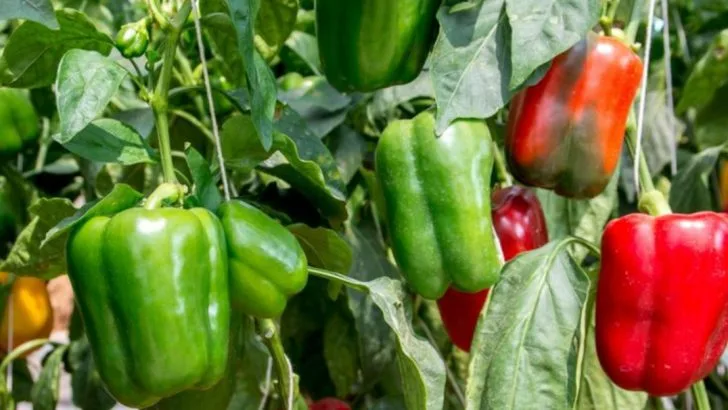Planting zucchini sounded like a no-brainer—until you harvested a single sad squash! Some veggies promise glory but deliver grief. You baby them, you water them, and they still flop. Blistered peppers, leggy carrots, runaway cucumbers… But every flop has its flip side. Some garden newcomers pack surprise punch. They sprout fast, shrug off pests, and feast your family without fuss. Inside, we’ll expose the nine divas that’ll haunt your planting dreams— and the nine dependable champs that reward every seed with a bounty. No more wasting space on drama crops. No more second-guessing your harvest. Ready for a plot that thrills instead of spills? Grab your trowel, steel your gloves, and let’s sort the heartbreakers from the heavy hitters— so you can grow with confidence (and maybe even brag a little).
Cauliflower

Cauliflower can be a real heartbreaker for beginners. Its growth demands are high, needing specific temperatures to form those perfect white heads. The slightest deviation in weather can result in small, uneven heads.
Frequent pest attacks make it even more daunting. One day it’s flourishing, and the next, pests ravage the leaves. Patience is key, but even with care, cauliflower can disappoint.
Did you know? Cauliflower thrives in a narrow temperature range of 60-65°F, making it tricky to grow in regions with fluctuating climates.
Tomatoes
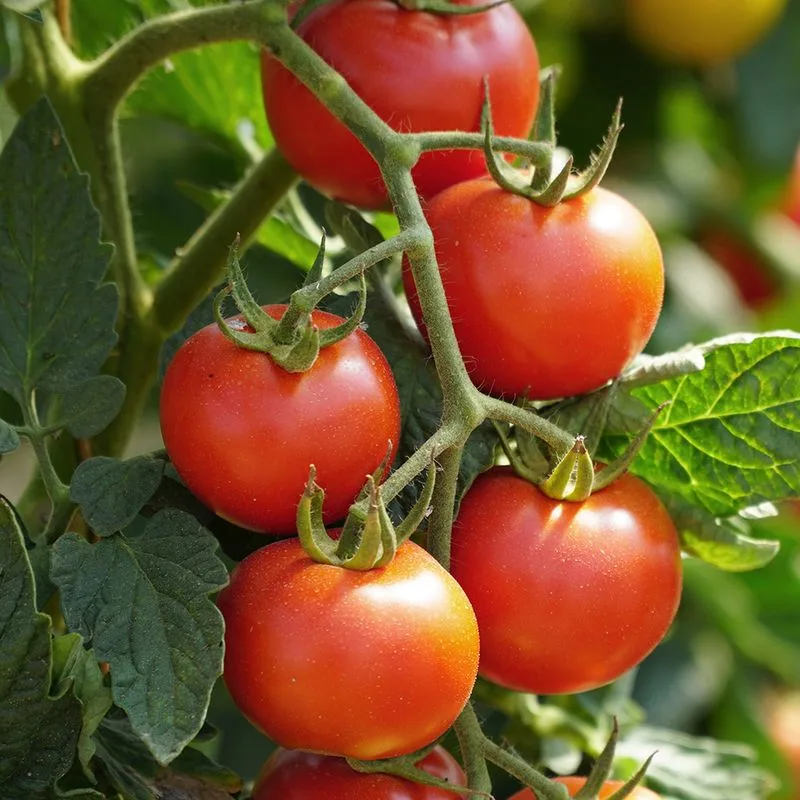
Tomatoes are often the pride of any garden. With their vibrant red hue and juicy flesh, they symbolize summer’s bounty. New gardeners find them rewarding due to their resilient nature and prolific yield.
Given a sunny spot and regular watering, tomatoes flourish with minimal fuss. They are forgiving, even if you occasionally forget to water them. Their versatility in cooking makes them a kitchen staple.
Fun fact: Tomatoes are botanically a fruit, yet they’re commonly treated as a vegetable in culinary contexts, bringing a sweet twist to savory dishes.
Celery

Celery often leaves new gardeners frustrated. Its long growing season and need for constant moisture make it a challenge. Thin, spindly stalks and yellowing leaves are common woes.
The plant’s sensitivity to temperature fluctuations adds another layer of difficulty. Despite care, celery can remain lackluster.
Surprisingly, celery is a descendant of wild plants found in the marshlands, explaining its love for water-rich environments. However, replicating these conditions in a typical garden can prove difficult.
Zucchini
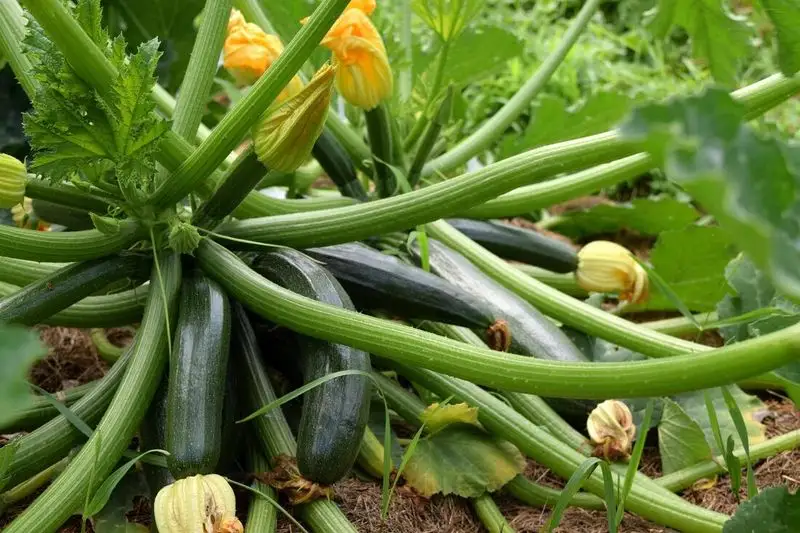
Zucchini is a dream for many gardeners. Its vigorous growth and abundant yield make it a favorite. Even in less-than-perfect conditions, zucchinis continue to thrive, providing generous harvests.
Known for its adaptability, zucchini grows rapidly, often surprising gardeners with how quickly it matures. Its culinary versatility, from breads to sautés, adds to its appeal.
Did you know? A single zucchini plant can produce a harvest of up to ten pounds in a single growing season, making it a highly efficient plant for any garden.
Broccoli

New gardeners often find broccoli demanding. It requires a precise climate to develop those lush, green florets. Temperature swings can result in small, underdeveloped heads.
Broccoli is also a magnet for pests, with aphids and cabbage worms among the frequent culprits. Despite efforts, many find it hard to achieve a successful crop.
Known for its rich nutritional profile, broccoli is worth the effort, but it often challenges those new to gardening.
Lettuce

Lettuce is the gift that keeps on giving. Its fast growth and minimal care requirements make it a perfect choice for beginners. It thrives in cooler temperatures and can be harvested in just a few weeks.
With a little water and partial sunlight, lettuce leaves grow tender and crisp, ready to grace any salad bowl. Its ability to regrow after cutting is a bonus.
Interestingly, lettuce was first cultivated by the ancient Egyptians, who valued it not just for food but also for its oil-rich seeds.
Eggplant
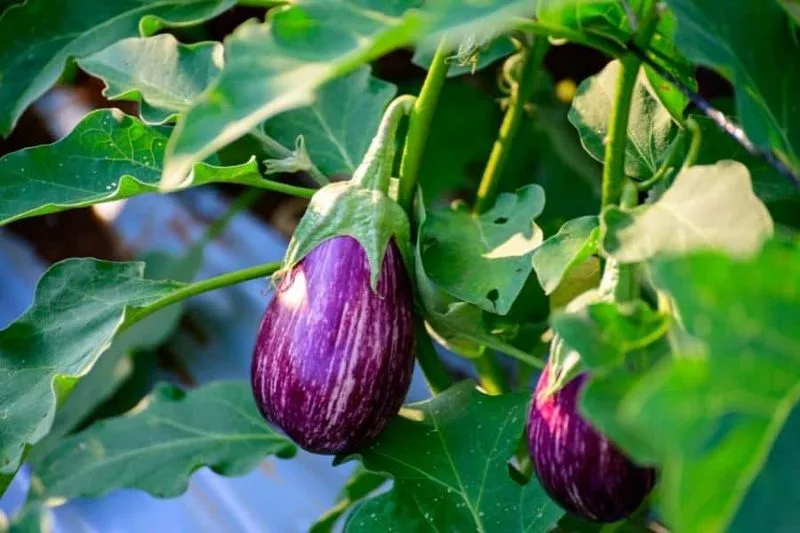
Eggplants can be a puzzle for new gardeners. They demand warmth and consistent care, often leading to frustration when conditions aren’t ideal. Stunted growth and yellowing leaves are common setbacks.
Susceptible to various diseases, eggplants require vigilance and timely intervention. Even seasoned gardeners find them challenging at times.
Did you know? Eggplant is a close relative of both tomatoes and potatoes, sharing similar growing requirements but often proving more finicky.
Carrots
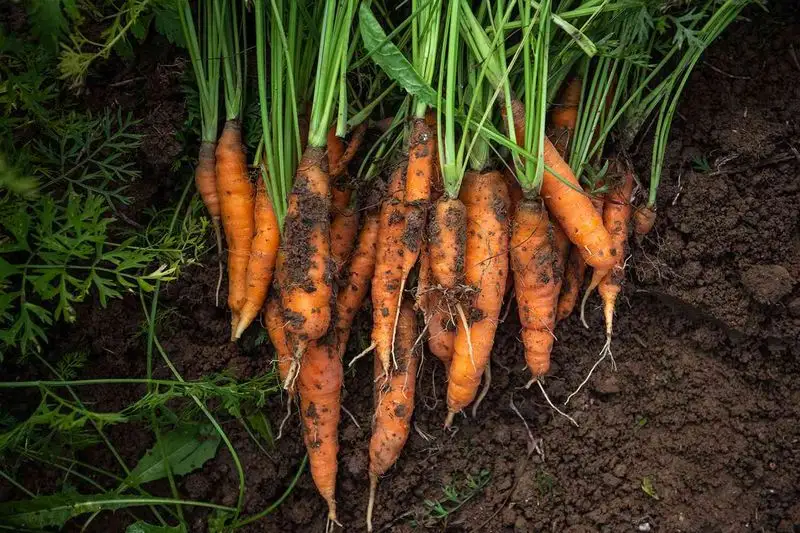
Carrots are a delight for beginners. With their vibrant orange roots and sweet flavor, they are easy to grow in loose, sandy soil. They require little attention beyond regular watering and thinning.
As they mature underground, they leave gardeners with a sense of anticipation and surprise at harvest time. Their crunchy texture and natural sweetness make them a family favorite.
Fun fact: Carrots were originally purple, red, and yellow. The orange variety was developed in the Netherlands in the 17th century as a tribute to the ruling House of Orange.
Bell Peppers
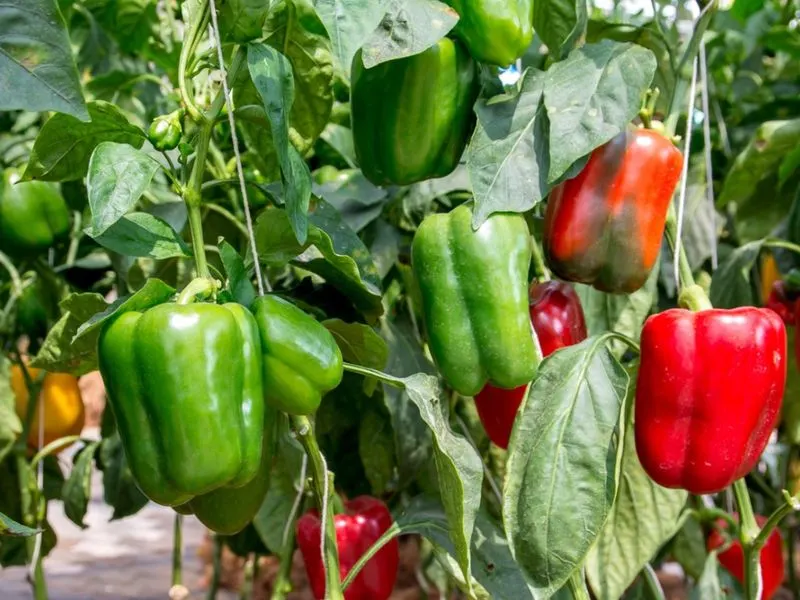
Bell peppers can be tricky for newcomers. They have a long growing season and require warm temperatures, often resulting in disappointment if not met. Misshapen fruits and wilting leaves are common issues.
These plants are sensitive to both over- and under-watering, needing a balance that can be difficult to achieve. Despite the challenges, successful yields are rewarding.
Bell peppers are rich in vitamin C, offering a sweet crunch to salads and dishes. Yet, they often challenge new gardeners with their demanding nature.
Radishes
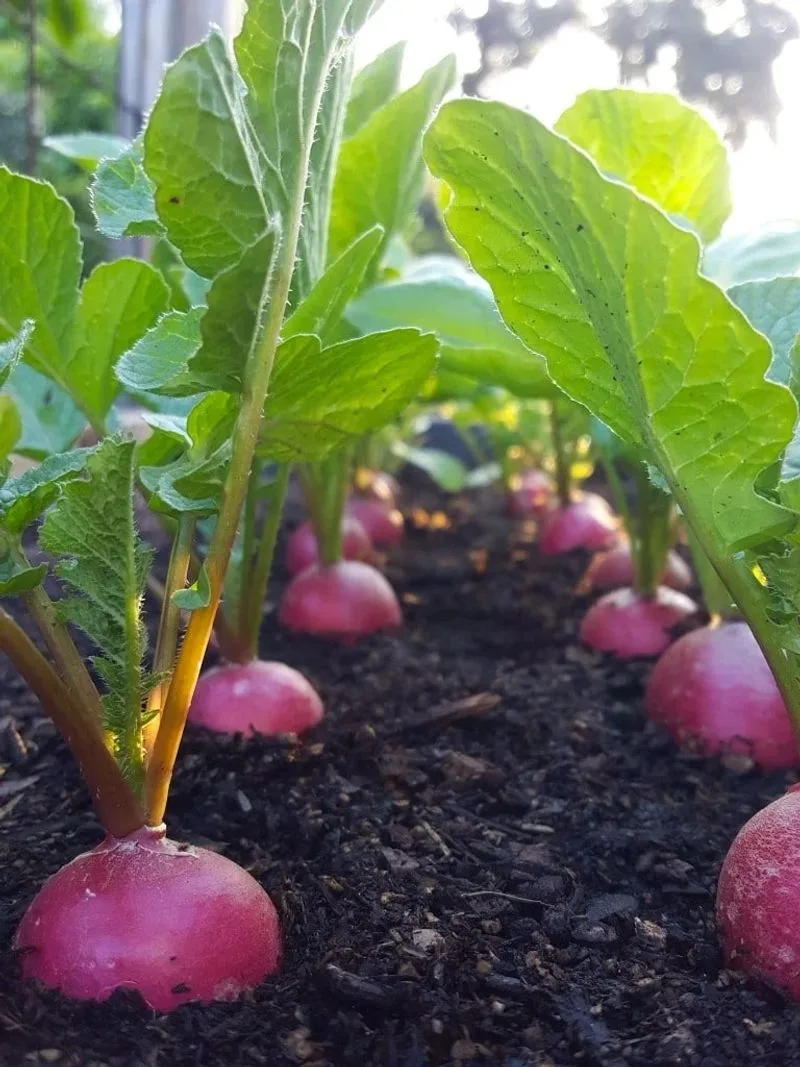
Radishes are a quick win for new gardeners. Their rapid growth cycle and minimal care needs make them ideal for beginners. Within weeks, radishes are ready to harvest, providing instant gratification.
Known for their peppery flavor, radishes add zest to salads and snacks. Their resilience to pests and diseases further contributes to their popularity.
Did you know? Radishes were one of the first European crops brought over to the Americas, adapting quickly to the new environment and becoming a staple in colonial gardens.
Cabbage
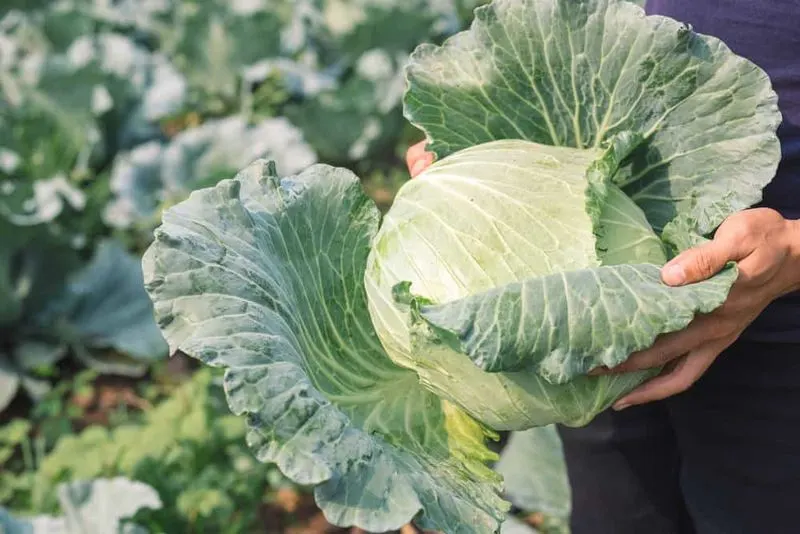
Cabbage often proves frustrating for beginners. Its dense heads require cool weather and a long growing season, conditions not always easy to maintain. Pest-damaged leaves and stunted growth are frequent issues.
Despite its challenges, cabbage is valued for its culinary versatility and nutritional benefits. However, achieving a full head can be a daunting task.
Fun fact: Cabbage has been cultivated for over 4,000 years and was a staple in the diets of medieval European peasants due to its long shelf life.
Spinach

Spinach is a gardener’s delight. Its rapid growth and minimal requirements make it perfect for novices. Thriving in cooler weather, it matures quickly, ready to grace the table with its tender leaves.
Its nutritional prowess, packed with vitamins and minerals, adds to its appeal. Spinach is forgiving of slight neglect, often bouncing back with ease.
Interestingly, spinach was popularized in the 1920s by the cartoon character Popeye, boosting its consumption due to its perceived strength-enhancing properties.
Asparagus
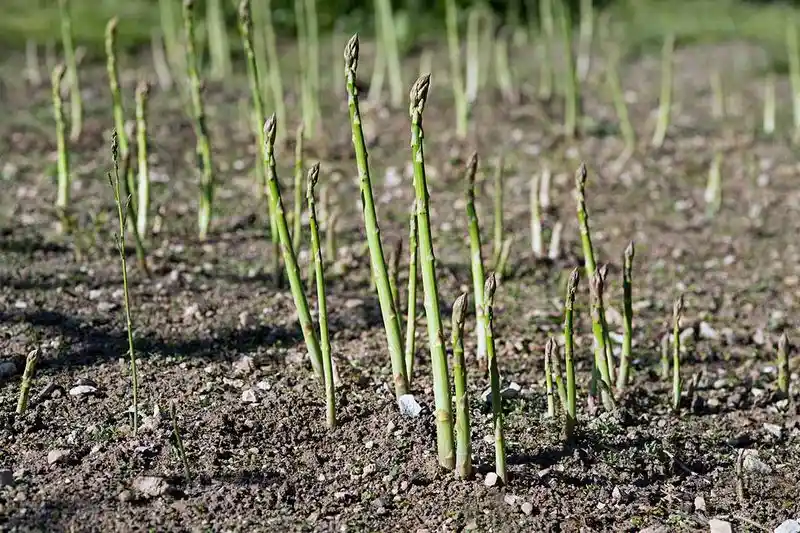
Asparagus is not for the impatient. Its long establishment period, often taking years to produce a harvest, can dishearten beginners. Thin, weak spears are common as the plant establishes itself.
Asparagus requires a dedicated space and consistent care, often needing several seasons before delivering bountiful harvests. Its perennial nature, however, rewards patience with years of harvests.
Fun fact: Asparagus is one of the few vegetables that continue growing after harvest, with spears that can grow several inches in a single day.
Green Beans
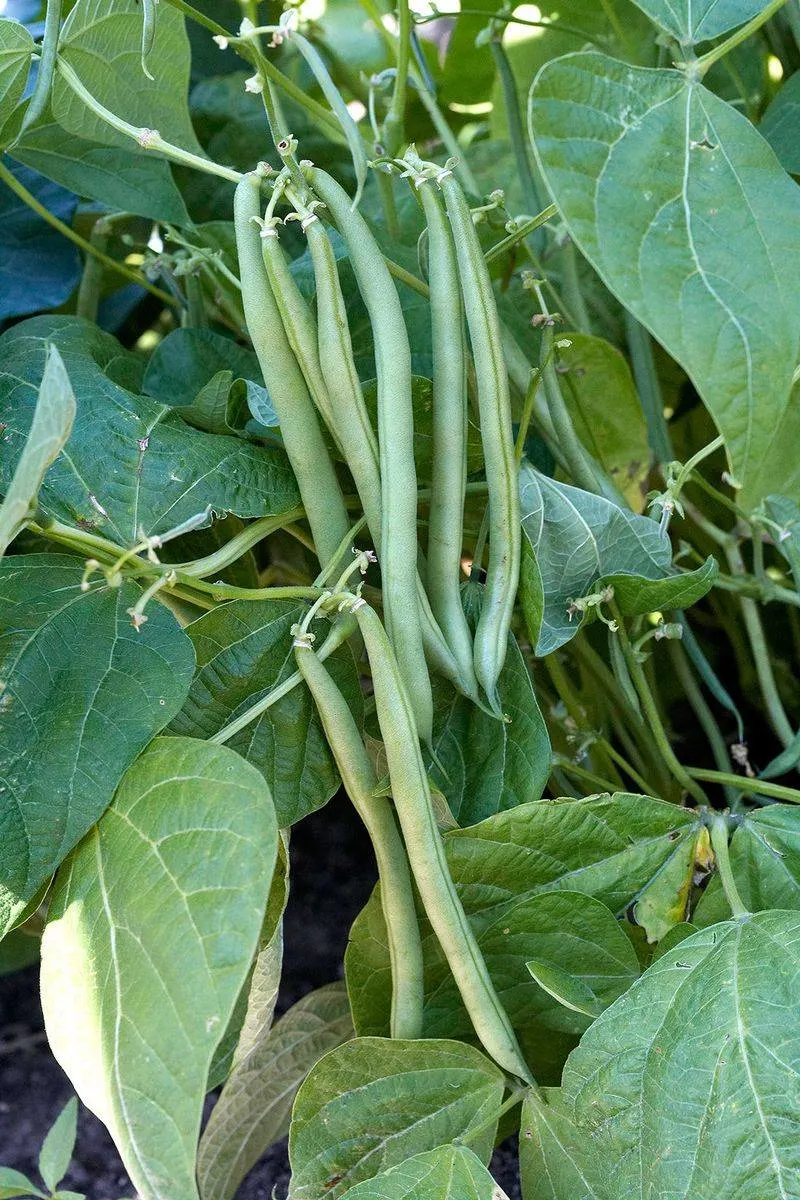
Green beans are a staple for novices. Their easy-growing nature and quick harvest times make them a hit. Whether bush or pole varieties, they flourish with little more than sunlight and water.
With a crunchy texture and mild flavor, green beans are versatile in the kitchen, enhancing many dishes. Their immunity to major pests and diseases further endears them to beginners.
Interesting to note, green beans, also known as snap beans, are one of the few beans harvested and consumed in their immature form, adding a fresh crunch to meals.
Onions
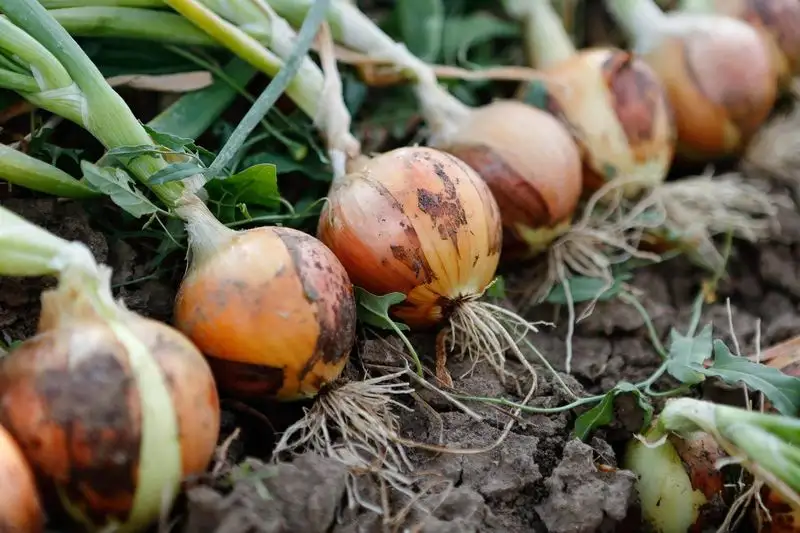
Onions can be perplexing for new gardeners. Their growth depends heavily on day length and soil conditions, often leading to small bulbs and yellowing tops if not ideal.
They require patience and precise care, factors that can be challenging for beginners. Yet, when successful, onions offer a flavor boost to any dish.
Did you know? Onions have been cultivated for thousands of years and were revered by ancient Egyptians, who believed their spherical shape and concentric rings symbolized eternal life.
Potatoes
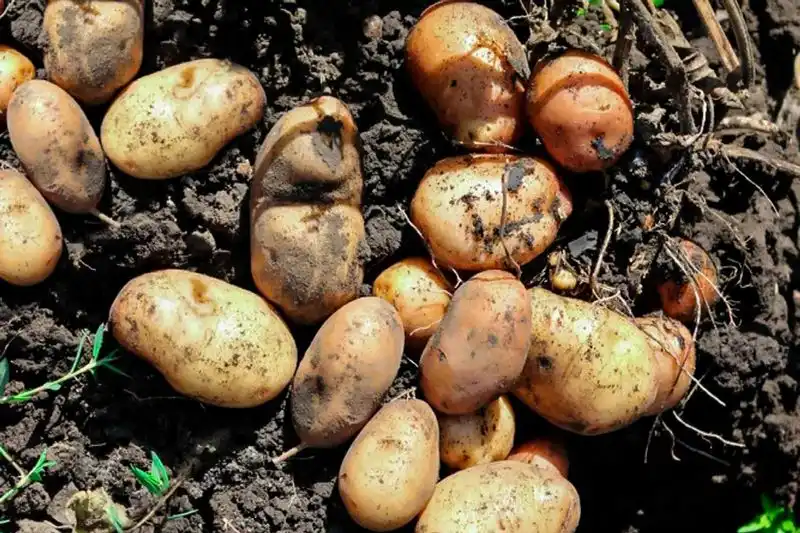
Potatoes are a gardener’s joy. Their robust nature and high yield make them a rewarding choice. Plant them in loose, well-drained soil, and they flourish, often yielding a surprising bounty.
As they grow underground, there’s an element of mystery until harvest. Their versatility in cooking makes them a staple in many kitchens.
Fun fact: The potato originated in the Andes and became a global staple due to its adaptability and nutritional content, significantly influencing food security worldwide.
Watermelon
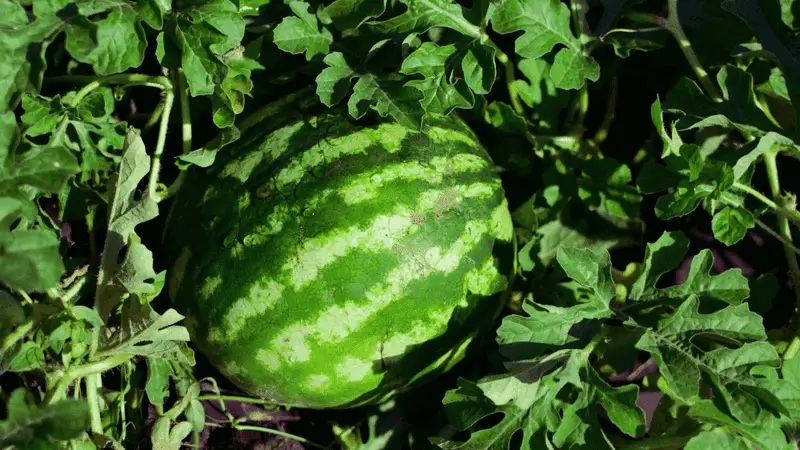
Watermelons can leave gardeners disheartened. They need a long, hot growing season and ample space to thrive, making them difficult for those in cooler climates or with limited space.
Without the right conditions, watermelons often produce no fruit or small, underdeveloped ones. Their sprawling vines require frequent attention and care.
Watermelons are a symbol of summer, their juicy flesh a favorite treat. However, growing them can be challenging without ideal conditions.
Beets
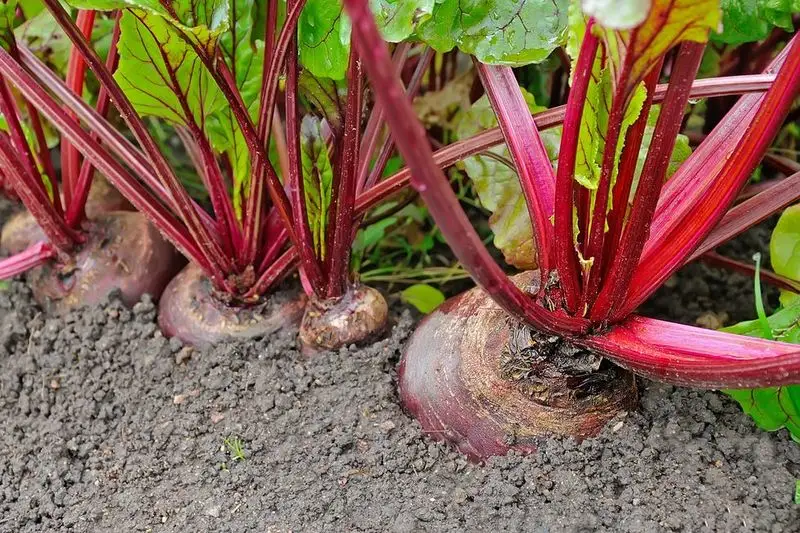
Beets are a gem for beginners. Their vibrant color and earthy flavor make them a garden favorite. Easy to grow, they require minimal attention and thrive in cool weather.
With their edible roots and leaves, beets offer a dual-purpose harvest, enhancing both salads and main dishes. Their resilience to pests and diseases further adds to their appeal.
Did you know? Beets have been used since ancient times as a natural dye, owing to their deep, rich color, which continues to captivate even today.

